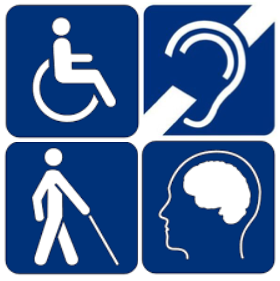I use the Internet for pretty much everything, but I am most satisfied when I use the Internet to figure out how to do something that I would have otherwise had to hire someone else to do. Recent examples include changing the air filter in my car, replacing my shower spout, installing a car seat base and mounting my TV stand. This is, of course, over and above the many times a day where I use the Internet for things like finding a recipe, looking up a product review or restaurant menu, trying to diagnose an illness, and communicating with friends and family without being face to face.
We have moved beyond the do-it-yourself society; we are now in a learn-it, research-it and do-it yourself world, where each person can access all of the world's knowledge from the five-inch screen in their pocket or purse. When it comes to Jewish knowledge, this is also true. There are many wonderful and easily accessible online resources that explain Jewish ritual or offer opportunities for self-guided study. But in the same way we as a society sometimes stop and wonder if this immediate access and online interconnectedness is eroding something that is core to our being, I as a Jewish educator sometimes stop and wonder if this is the best direction for our community and, specifically, our children.
There is something incredibly powerful and transformative about an experience—a real life, in person experience. The current model of the Beth Tzedec Congregational School understands that learning by doing is the most powerful, effective and efficient way of developing Jewish skills and values. Our classes and lessons are structured so that each subject is taught in a deeply relevant way. When learning about Passover, for example, students in different grade levels not only learn the meaning of the holiday and its key songs, blessings and rituals, but they explore how the themes of the holiday—what makes someone different, slavery and free choice, bitterness in our world, peoplehood and connection—relate to their own lives as Jews, Torontonians, Canadians and citizens of the world.
For this type of learning to be meaningful, however, it has to be presented in a fun and engaging way; this is the challenge of 21st century Jewish education. We know what we want our students to know, feel, do and believe, but how we get them there needs a brand new approach that recognizes who our children are as learners and people, and what motivates them to participate and piques their interest. Additionally, parents and other family members are part of this equation, meaning that teaching methods need to keep the whole family in mind.
In our Synagogue's school, we tackle this challenge head-on. We learn in lots of different spaces—the Kimel Family Gym, our school kitchen and art room, the Hendeles Chapel and the Orenstein Mezzanine Hall—and through many different activities. We teach Hebrew to younger students through movements and games, and to older kids through activities like sports, cooking and the arts. Our learning about and celebration of Jewish holidays and Shabbat involves songs, performance and authentic ritual. We learn prayers not by rote but with meaning and context.
All of these educational approaches are being shaped and guided by our relationships with experts and colleagues in the field, both here in Toronto through UJA Federation’s WOW program, and the ReFrame Project of the Jewish Theological Seminary in New York. Of course, our doors are always open, and any member of the Congregation or the community is welcome to see the Congregational School in action, either by trying a class as a student (JK to Grade 7) or by meeting with me and taking a tour. We are doing amazing things and are at the forefront of Jewish education in Toronto. Come visit and see what we’re all about!





